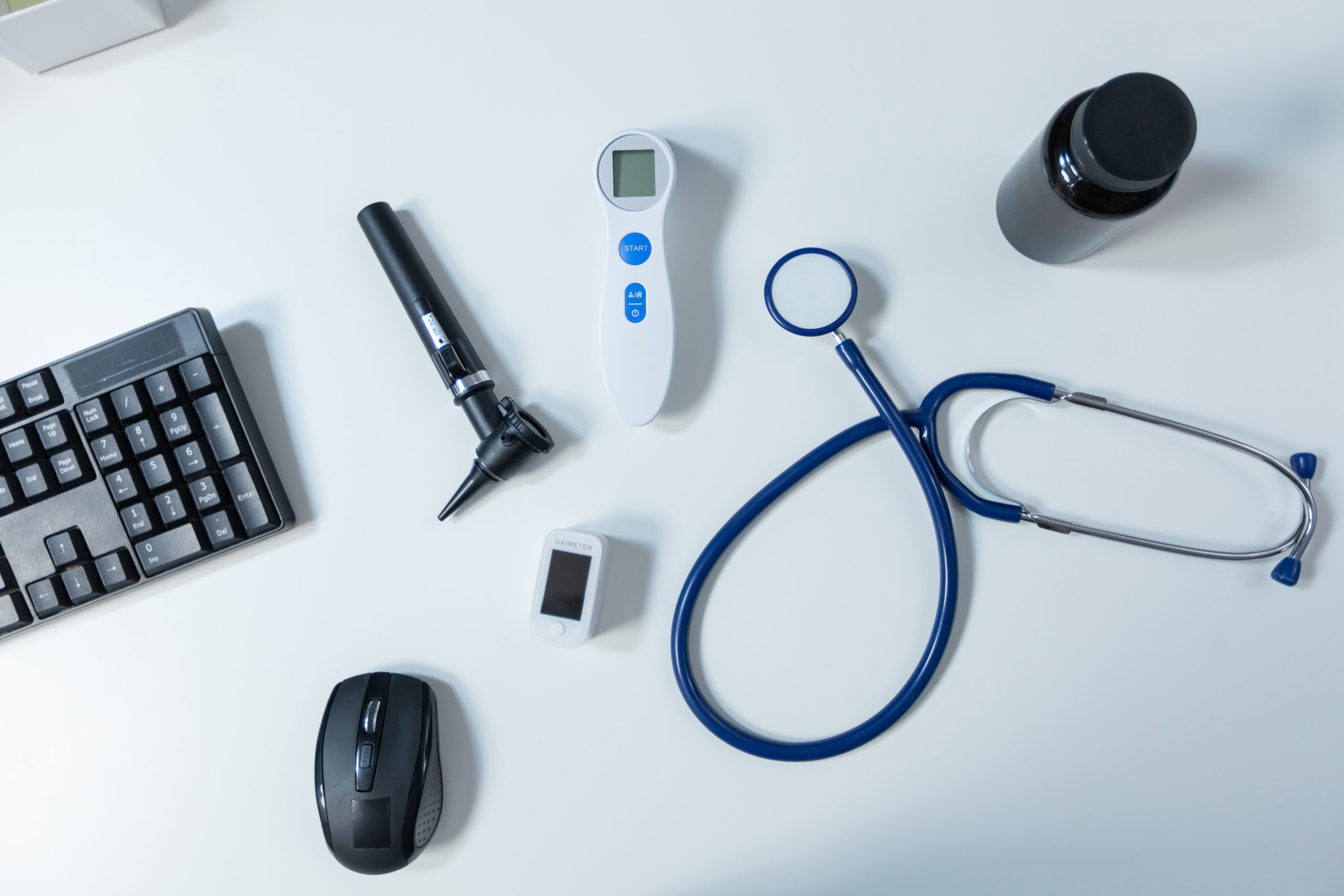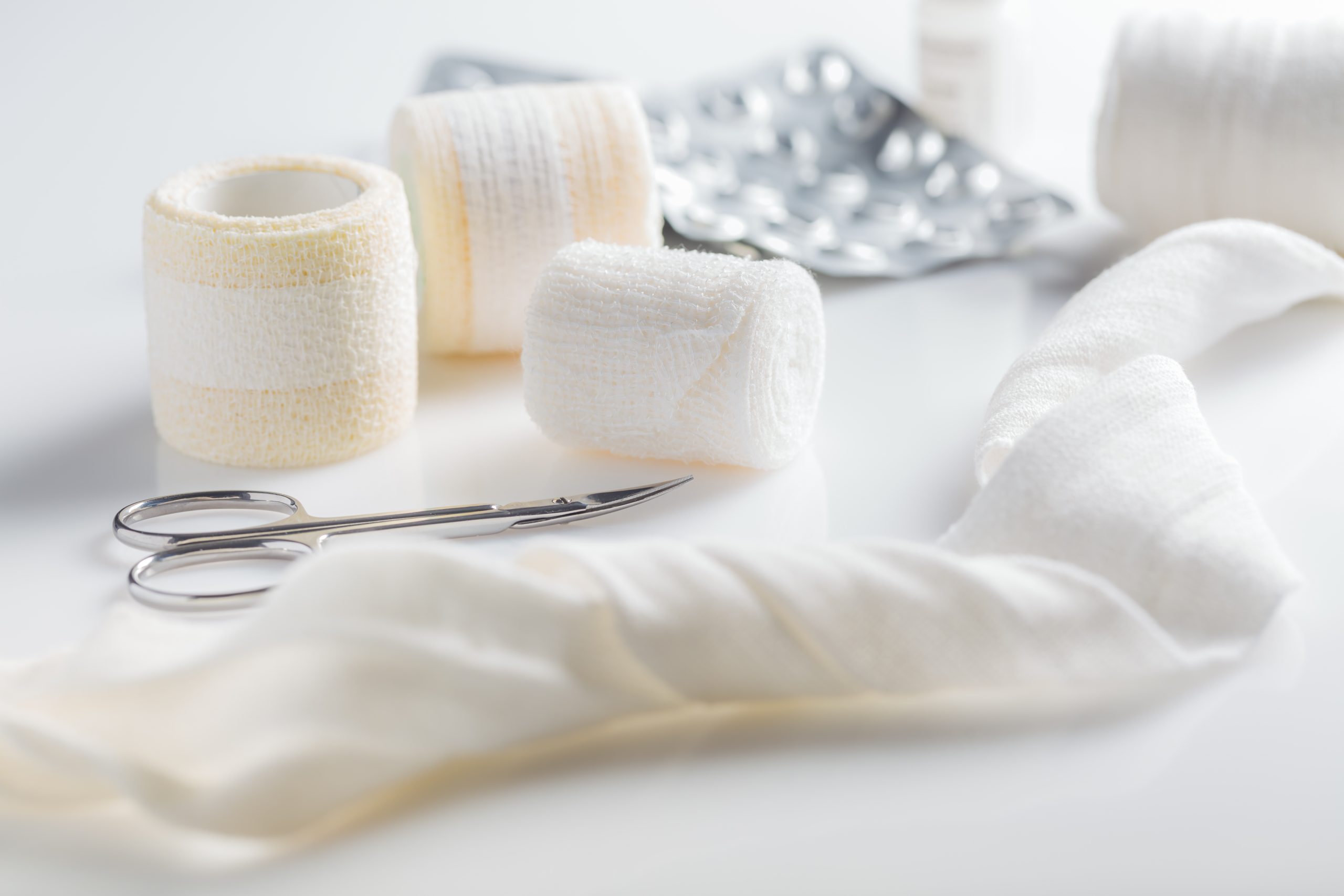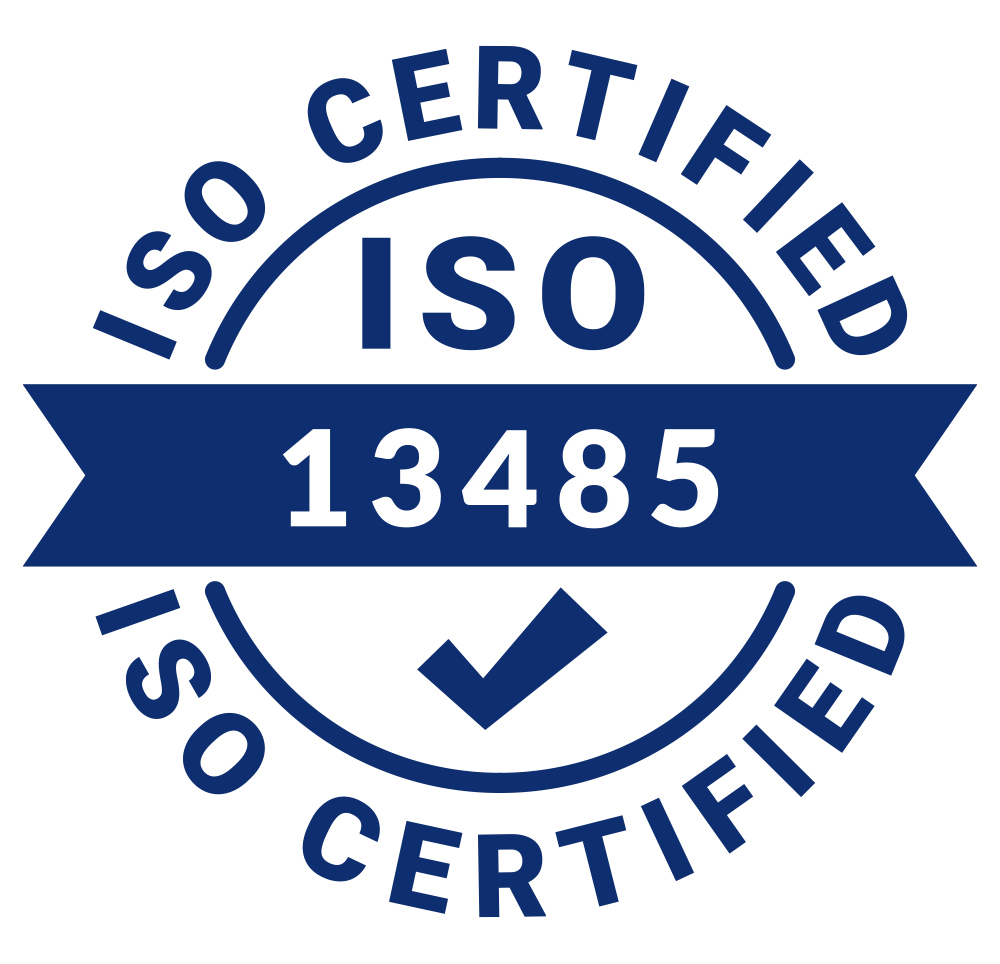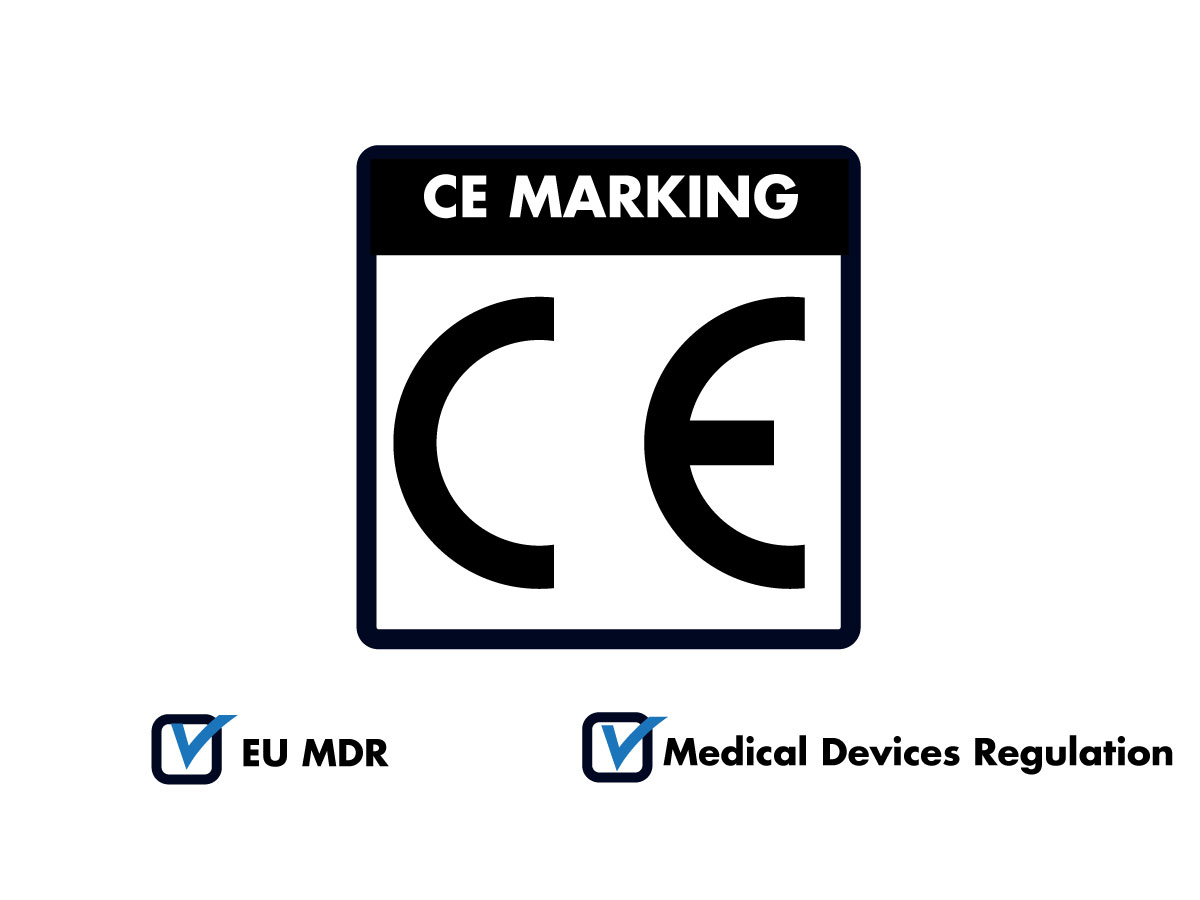Why Certifications Matter in Medical Production
In the medical device industry, it’s not enough to produce high-quality goods. To sell your products—especially in regulated markets like the EU or the US—you must comply with strict legal, technical, and quality standards.
Certifications ensure product safety, traceability, and regulatory acceptance. In this article, we explore the essential certifications and documents every medical textile or device manufacturer needs.
1. CE Marking – Your Passport to the European Market
The CE mark proves that your product complies with EU legislation and can be freely marketed within the European Economic Area (EEA).
To obtain CE marking:
- First, classify your product by risk (Class I, IIa, IIb, III)
- Prepare a detailed technical file
- Undergo a conformity assessment process (in higher-risk classes, a Notified Body is involved)
Medical textile products like gauze and elastic bandages are usually Class I, where self-declaration may be sufficient—unless the product is sterile, which requires external validation.
2. MDR (Medical Device Regulation)
Introduced in 2017, MDR replaced the older MDD (Medical Device Directive). MDR now governs the CE marking process in the EU.
It requires:
- Demonstration of product safety, performance, and traceability
- Comprehensive clinical evaluations and risk management procedures
- Standardized labeling, user manuals, and Unique Device Identification (UDI)
MDR compliance is essential for long-term success in the European market.
3. ISO 13485 – The Quality Management System for Medical Manufacturers
ISO 13485 is the global quality management standard specifically for medical device production.
Benefits include:
- Documentation of all production processes
- Consistent implementation of corrective and preventive actions
- Reduced risk of product recalls or failures
In many markets, having an ISO 13485-certified system is a prerequisite before applying for CE certification.
4. FDA Registration (For the U.S. Market)
If you plan to export to the United States, your product must be registered with the FDA (Food and Drug Administration).
Depending on the product classification, you may need to go through the 510(k) premarket notification process or other approval pathways.
5. Additional Technical Files and Test Reports
Depending on the risk class and product type, you may also need:
- Biocompatibility reports (ISO 10993)
- Sterilization validation (ISO 11135 or ISO 17665)
- Clinical trials or usability feedback reports
These documents are particularly critical for Class II and Class III devices.
Conclusion
In medical device manufacturing, regulatory compliance is just as important as production quality. Without CE marking, ISO 13485, or MDR alignment, your product cannot legally or competitively enter many markets.
At Konum Engineering, we offer more than machines—we help manufacturers prepare for certification with technical guidance and process-ready solutions.
Before launching production, plan your certification strategy to ensure a compliant, efficient, and successful investment.

